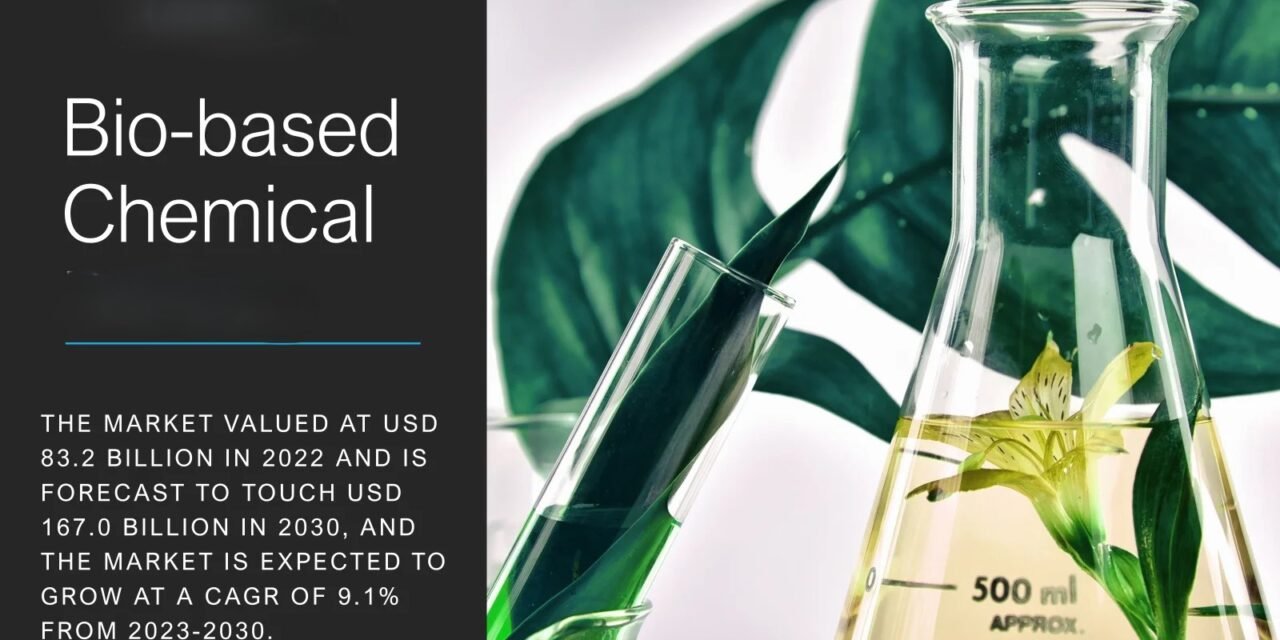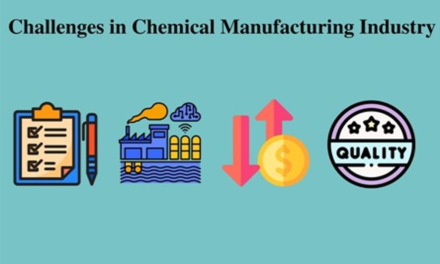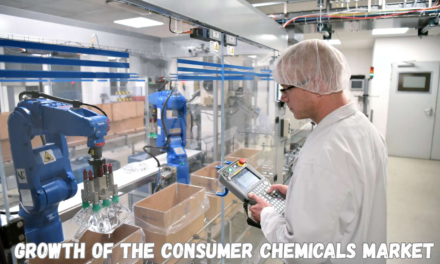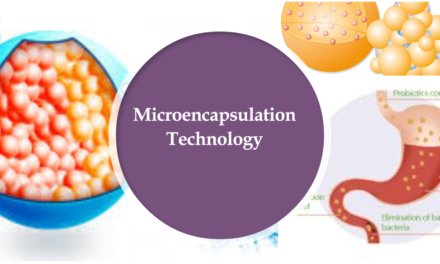The market potential for green or bio-based basic chemicals is rapidly expanding, driven by increasing environmental awareness, stringent regulations, and the growing need for sustainable alternatives to petrochemical-based products. Here are key insights into the market potential:
1. Market Growth Drivers
- Consumer Demand for Sustainability:
- Rising preference for environmentally friendly products across industries such as packaging, automotive, construction, and textiles.
- Regulatory Push:
- Governments and international bodies are enforcing policies to reduce carbon emissions and promote the use of renewable resources.
- Technological Advancements:
- Improved efficiency in bio-refineries and advancements in fermentation and synthetic biology are making bio-based chemicals more competitive.
- Corporate Commitments:
- Increasing investments by global chemical companies to transition toward green production and meet sustainability targets.
2. Key Applications and Segments
- Bio-Based Polymers:
- Examples: Polylactic acid (PLA), bio-polyethylene (Bio-PE), bio-polypropylene (Bio-PP).
- Applications: Packaging, automotive, consumer goods.
- Green Solvents:
- Examples: Bio-butanol, ethanol, and diethyl carbonate.
- Applications: Coatings, adhesives, and cleaning products.
- Bio-Based Intermediates:
- Examples: Succinic acid, bio-acetic acid, and bio-methanol.
- Applications: Production of resins, plasticizers, and other downstream chemicals.
- Renewable Feedstocks:
- Examples: Vegetable oils, sugars, starches, lignocellulosic biomass, and algae.
- Applications: Used as raw materials for manufacturing a wide range of chemicals.
3. Market Size and Projections
- Current Market Value:
- The global market for bio-based chemicals is valued at approximately $100 billion in 2024.
- Projected Growth:
- It is expected to grow at a CAGR of 10-12% through 2030, reaching over $200 billion by the decade’s end.
- Regional Insights:
- North America: A leader in innovation and adoption due to supportive government policies and strong R&D infrastructure.
- Europe: Driven by stringent regulations like REACH and the European Green Deal.
- Asia-Pacific: High growth potential due to industrialization, urbanization, and increasing focus on sustainability.
4. Economic and Environmental Benefits
- Reduction in Carbon Footprint:
- Bio-based chemicals have significantly lower greenhouse gas emissions compared to petrochemical counterparts.
- Resource Efficiency:
- Use of renewable feedstocks reduces dependency on finite fossil resources.
- Circular Economy Alignment:
- Bio-based chemicals contribute to recycling and upcycling, promoting waste valorization.
5. Competitive Landscape
- Key Players:
- BASF, Dow, Braskem, Corbion, Novamont, and NatureWorks lead the bio-based chemical market.
- Startups and Innovators:
- Emerging companies focusing on innovative bio-based solutions, such as Ginkgo Bioworks (synthetic biology) and Avantium (renewable polymers).
- Collaborations:
- Partnerships between chemical companies and agricultural industries to secure renewable feedstocks.
6. Challenges to Market Expansion
- Cost Competitiveness:
- High production costs of bio-based chemicals compared to traditional petrochemical counterparts.
- Scale-Up Difficulties:
- Challenges in scaling bio-refinery technologies to meet industrial demand.
- Feedstock Supply:
- Dependence on agricultural resources can lead to competition with food production and price volatility.
- Consumer Awareness:
- Limited knowledge among end-users about the advantages of bio-based chemicals.
7. Innovations Driving Market Potential
- Synthetic Biology:
- Engineering microorganisms to produce bio-based chemical precursors at higher yields and lower costs.
- Advanced Catalysis:
- Development of catalysts that enhance the conversion of renewable feedstocks into valuable chemicals.
- Integration of Circular Processes:
- Adoption of chemical recycling technologies to create closed-loop systems for sustainable production.
8. Industry Outlook
- Focus on Green Energy Integration:
- Many companies are coupling bio-based chemical production with renewable energy sources to reduce environmental impact further.
- Policy Incentives:
- Subsidies, tax credits, and grants for companies investing in green chemistry are accelerating market adoption.
- Rising Investments:
- Venture capital and government funding flow into bio-based chemical startups and R&D projects.
Conclusion
The market for green and bio-based basic chemicals has immense potential, supported by global sustainability goals, regulatory mandates, and evolving consumer preferences. While challenges remain, technological advancements and strategic collaborations are paving the way for widespread adoption. The transition to bio-based chemicals is not just a market opportunity but a critical step toward achieving a sustainable, circular economy.
Hashtags
#GreenChemistry #BioBasedChemicals #SustainableChemicals #EcoFriendlyChemicals #RenewableChemicals #GreenMarketGrowth #ChemicalInnovation #BioEconomy #FutureOfChemicals #SustainableMarkets #GreenIndustryTrends #BioBasedInnovation #EcoMarketDemand #ChemicalSustainability #GreenSolutions #LowCarbonFuture #ClimateFriendlyChemicals #NetZeroIndustry #SustainableDevelopment #EcoRevolution #GreenPolicy #ESGInvesting #SustainableRegulations #CircularEconomy #CleanEnergyForChemicals #SustainableConsumerGoods #GreenIndustryDemand #EcoInnovation #BioBasedDemand #GreenCollaboration #ChemicalTech #BioRefineries #GreenChemicalTech #TechForSustainability #EcoTechRevolution

















